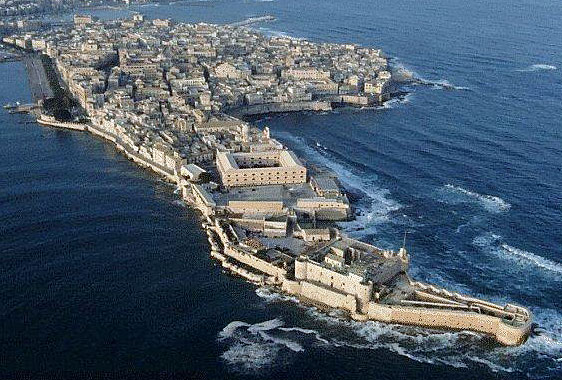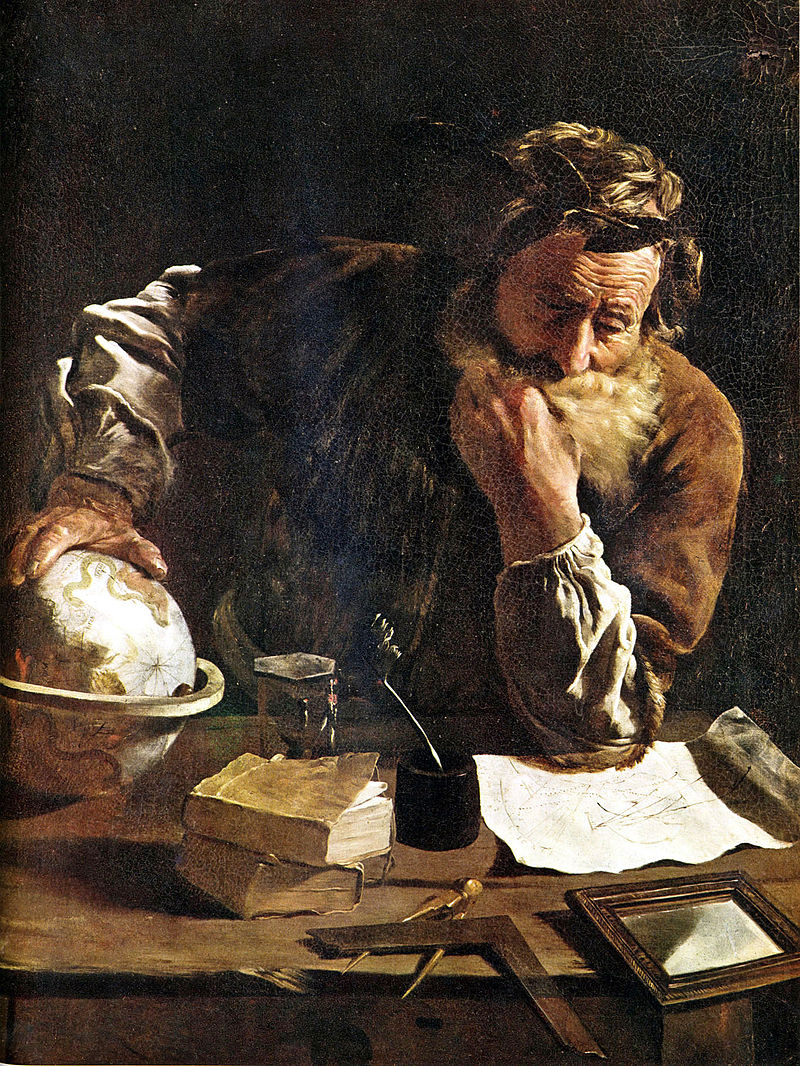Archimedes Claw
By Jake Conner
In 214 BC the Kingdom of Syracuse faced off against The Roman Republic as allies of Carthage. While Hannibal Barca was busy confounding the Romans in northeastern Italy, General Marcellus brought the fight to Sicily. The island that sits just off the tip of “the boot”.

(Rome_carthage_218.jpg: William Robert Shepherdderivative work: Grandiose - This file was derived from Rome carthage 218.jpg:, CC BY-SA 3.0, https://commons.wikimedia.org/w/index.php?curid=19256993)
The Sicillians weren't quite on par with Hannibal in terms of strategem, and they weren't in the same fighting shape they had been in during the first Punic war. A string of Roman victories kept them on the defensive until the Romans reached Syracuse, but the Sicillians who held off in the port around the temple of Apollo made the siege very difficult for poor Marcellus.

(Gordon Knight 2010, http://www.cruiserswiki.org/wiki/User:Atheneoflymington, http://www.cruiserswiki.org/wiki/File:Siracusa.jpg)
With its seaward walls and narrow land bridge there appeared to be no good way to besiege the small fortified chunk of Magna Graecia. At least, not by land. That was what the Sicilians were most prepared fpr right? Marcellus came up with a crafty, and very Roman solution to the problem.
... He put siege towers on boats.
This way the Roman army, which was familiar with the concept of ship to ship ground combat since the events of the first Punic war, could mount a regular old siege. There was only one problem. A mathematician named Archimedes.

(By Domenico Fetti - http://archimedes2.mpiwg-berlin.mpg.de/archimedes_templates/popup.htm, Public Domain, https://commons.wikimedia.org/w/index.php?curid=146592)
Details are given to us by Polybius.
"Other machines which he invented were directed against storming parties, who, advancing under the protection of penthouses, were secured by them from being hurt by missiles shot through the walls. Against these he either shot stones big enough to drive the marines from the prow; or let down an iron hand swung on a chain, by which the man who guided the crane, having fastened on some part of the prow where he could get a hold, pressed down the lever of the machine inside the wall; and when he had thus lifted the prow and made the vessel rest upright on its stern, he fastened the lever of his machine so that it could not be moved; and then suddenly slackened the hand and chain by means of a rope and pulley. The result was that many of the vessels heeled over and fell on their sides: some completely capsized; while the greater number, by their prows coming down suddenly from a height, dipped low in the sea, shipped a great quantity of water, and became a scene of the utmost confusion. Though reduced almost to despair by these baffling inventions of Archimedes, and though he saw that all his attempts were repulsed by the garrison with mockery on their part and loss to himself, Marcellus could not yet refrain from making a joke at his own expense, saying that "Archimedes was using his ships to ladle out the sea-water, but that his 'harps' not having been invited to the party were buffeted and turned out with disgrace." Such was the end of the attempt at storming Syracuse by sea."
Unfortunately none of Archimedes "iron hands" survived either the siege or the many centuries after them. The city, as we know, was eventually taken by land at great cost to The Romans, and Archimedes was killed despite an order given by Marcellus to let him live.
Could Archimedes claw really have existed? If so what might have been its construction? Would a Roman Quinquereme really have been capsized by the motions described in Polybius' histories?
NEXT, A Roman Quinquereme ->